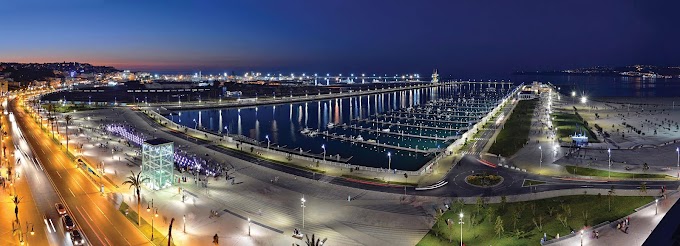Fez, Morocco: A Comprehensive Travel Guide
One of the Oldest Cities in the World Fez, Morocco: The Complete Travel Guide
Introduction Fez, the cultural and spiritual heart of Morocco, is one of the oldest and most fascinating cities in North Africa. Known for its well-preserved medieval architecture, vibrant souks, and rich historical heritage, Fez offers visitors an authentic glimpse into Morocco’s past and present. This guide provides an in-depth look at the must-see attractions, cultural highlights, and practical travel tips to make the most of your visit to this enchanting city.
Historical Background Founded in the 8th century by Idris I, Fez quickly became a major center of Islamic learning and trade. The city boasts one of the world's oldest universities, Al Quaraouiyine, which has been an educational hub for centuries. Fez was the capital of Morocco for several dynasties, contributing to its wealth of architectural and cultural treasures.
Top Attractions
- Fes el-Bali (Old Medina) – A UNESCO World Heritage Site, this medieval walled city is home to thousands of winding alleys, bustling souks, and historical landmarks. Visitors can explore traditional craft workshops, mosques, and madrassas.
- Al Quaraouiyine University and Mosque – Established in 859 AD, this institution is considered the world's oldest continually operating university. While the mosque is not open to non-Muslims, its impressive exterior and library are worth admiring.
- Bou Inania Madrasa – A stunning example of Marinid architecture, this 14th-century religious school features intricate wood carvings, zellij tilework, and a serene courtyard.
- Chouara Tannery – One of the oldest leather tanneries in the world, where visitors can witness the traditional leather-dyeing process from viewing terraces.
- Dar Batha Museum – A former palace turned museum, showcasing traditional Moroccan arts, crafts, and ceramics.
- Jnan Sbil Gardens – A peaceful retreat from the busy medina, offering beautifully landscaped gardens, fountains, and shaded walkways.
- Mellah (Jewish Quarter) – A historically significant area that provides insight into the Jewish heritage of Fez, featuring synagogues and an old cemetery.
Cultural Highlights
- Craftsmanship: Fez is famous for its artisans, including potters, leatherworkers, and weavers. Visiting the workshops and purchasing handmade goods is a must.
- Cuisine: Traditional dishes such as pastilla (a savory-sweet pie), harira (Moroccan soup), and tagine (slow-cooked stew) can be enjoyed in local restaurants and street markets.
- Festivals: Fez hosts several cultural events, including the Fez Festival of World Sacred Music, which attracts artists and musicians from around the globe.
Travel Tips
- Best Time to Visit: Spring (March-May) and autumn (September-November) offer the most pleasant weather.
- Getting Around: Walking is the best way to explore the medina. Taxis are available for travel outside the old city.
- Local Etiquette: Respect local customs, dress modestly, and always ask permission before taking photos of people.
- Safety: Fez is generally safe, but visitors should be cautious of pickpockets in crowded areas and avoid unofficial guides.
Conclusion Fez is a city that captivates visitors with its historical depth, cultural richness, and vibrant atmosphere. Whether you are exploring the ancient medina, admiring exquisite craftsmanship, or indulging in local cuisine, Fez offers an unforgettable travel experience. Plan your visit to immerse yourself in the wonders of Morocco’s most enchanting city.





0 Comments